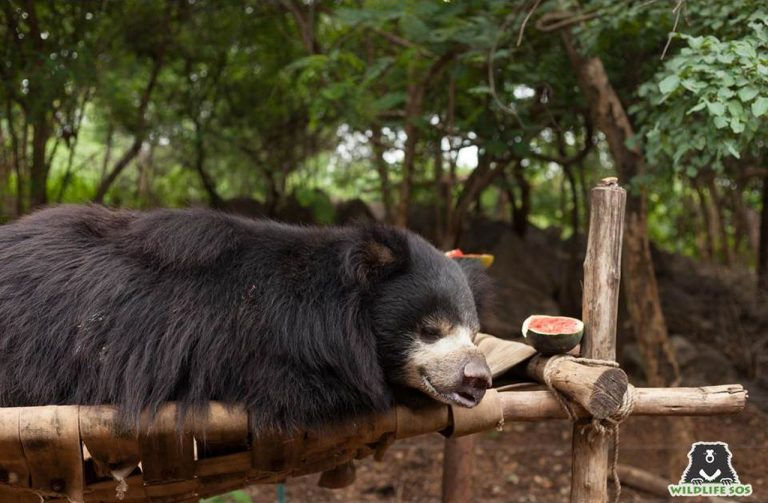Wild Things in Bengaluru
- Ayan Mehra
- Mar 22, 2023
- 3 min read
Over the Chinese New Year break in January, I travelled to Bengaluru to attend a cousin's wedding. During this trip, I realized how rich Indian wildlife is, and how much diversity there is in just 300 square kms from busy metropolitan areas.
Kabini Wildlife Sanctuary
After landing in Bengaluru, my family travelled by car for about 4 hours to a nature reserve called Kabini Wildlife Sanctuary. Here, we saw amazing wild elephant herds made up of adult females and little calves. The tight-knit bonds among the herd was evident in the way the adults gathered around the calves, always keeping them in the center of the herd and away from preying eyes. Watching this bond made me feel even worse for the calves that are ripped from their parents to be exploited as captive elephants.
Elephant Herd at Kabini Wildlife Sanctuary
We also saw some beautiful monkeys, specifically the Grey Langurs or Hanuman Langurs. The contrast between their black expressive faces and their distinguished silver grey fur is truly stunning, and when you see them leap with grace from tree to tree, it makes for entertainment better than any Netflix show. Finally, we saw the elusive tiger - he was sun bathing across the river in a majestic pose, and was the clear star of the show as all the Safari vehicles lined up to get a glimpse of the King of the forest. Both in the Kabini Nature Reserve and on the shore of the Kabini river near our resort - Red Earth Kabini, we saw an amazing variety of birds. From the Oriental White Backed vulture in the forest to the Wooly-necked stork by the river, the abundance and grace of these majestic aerial creatures left me wanting more. The abundance of wildlife so close to a major city in the second most populated country in the world was startling.
L to R: Hanuman Langur, White Backed Vulture, Elephant Herd
Wildlife SOS Bannerghata Bear Rescue Centre (BBRC)
After spending three days in Kabini, we left for Bengaluru to attend the wedding. As always, family weddings and get togethers are nothing but fun. Then one morning between wedding functions we made the trip the Bannerghata Bear Rescue Center run by Wildlife SOS. Here, we saw how the last of India's former dancing bears are healthy and well cared for. In our tour, we saw the beetle & worm farm and the bear kitchen where they cook over 1000kg of porridge per day for the residents - a veritable sloth bear feast! Like the Agra Bear Rescue Centre, in Bannerghata too, Wildlife SOS has invested in a fully functioning veterinary clinic where the bears are treated for their wounds and illnesses after being rescued from captivity.
L to R: BBRC Entrance, Sloth Bear at BBRC, Bear Kitchen
I also finally met Odum - the sloth bear who was my inspiration for sketches I created for the 2022 "Bid To Be Wild" charity auction. The auction returns in April 2023, so if you are interested do click here to support wildlife rescue and conservation in India.

Odum enjoying a nap like a true "sloth" bear
Another lovely coincidence at the BBRC was finding out that this was home to Gopal, a tiger that got into wildlife-human conflict near Bengaluru. Gopal was rescued and rehabilitated by the Born Free Foundation, of which I am a Youth Ambassador. Imagine my excitement at seeing one of Born Free's global wildlife conservation in front of my very eyes.
I ended the morning at BBRC with a short video describing the amazing work I saw there.
Visit to BBRC © Wildlife SOS
Human Wildlife Harmony
Over the past few years of my involvement with wildlife conservation I have come to realize how rich, yet overlooked India's natural wildlife and conservation programs truly are. India has some of the most successful conservation programs around the world. Project tiger, Wildlife SOS, and others show the passion and commitment to make human-animal co-existence a successful reality. Bengaluru really surprised me with the abundance of wildlife, because I imagined a bustling sub-continent with no room for anything but our exploding human population. However, change is happening, and that makes me really excited about the future of our planet.
















Reading Ayan’s article transports you to to the midst of nature & makes one admire the bio-diversity that exists on the fringes of metro towns .Ayan’s writing reveals a very compassionate & humane heart .